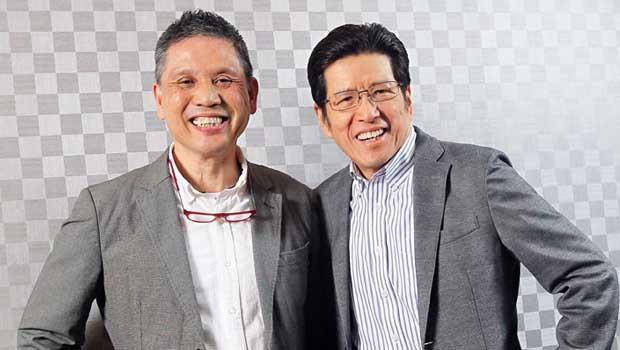 Coming soon to a building site near you
Coming soon to a building site near you
UNTIL now it has been widely assumed that construction equipment made
by Chinese companies, and even equipment made in China by the leading
foreign firms, was inferior in both quality and technology to gear
produced in the foreign firms’ factories back home. These assumptions
have been crushed by a new study from CLSA, a broker, which tested a
range of Chinese-made diggers, and found them to be sturdy and
high-performing. Leading Chinese brands like Sany, Zoomlion and LiuGong,
whose products also have the advantage of being cheap, will soon be
invading building sites across the globe.
Things have changed drastically since the global financial crisis
five years ago. Until then, around 90% of the diggers on Chinese
building sites were foreign-branded, albeit often made inside the
country. The government’s huge fiscal stimulus, in 2008-09, triggered a
construction boom which encouraged existing Chinese makers to expand,
and dozens of new firms to enter the market. The local firms lacked the
technical know-how of Japan’s Hitachi and the extensive product range of
America’s Caterpillar. But they offered buyers such generous discounts
and financing that by 2011 they had grabbed half of the domestic market.
As they have expanded, the best Chinese firms have rushed to upgrade
their technology by buying, or entering joint ventures with, foreign
competitors and suppliers. Sany Heavy bought two German firms,
Putzmeister and Intermix, and entered a joint venture with Palfinger of
Austria. Zoomlion bought CIFA of Italy. LiuGong and Xugong formed joint
ventures with, respectively, America’s Cummins and South Korea’s Doosan,
to improve their diesel engines.
As the effect of the government’s stimulus has faded, demand for
construction equipment has softened. So the foreign firms, which had
hitherto been producing relatively low-tech “made in China for China”
products in their local factories, have increasingly switched to making
more sophisticated ones for export, in particular to South-East Asian
countries.
CLSA’s researchers subjected Chinese-made diggers from six
companies—Sany, Caterpillar, Hitachi and Doosan, as well as Komatsu and
Kobelco of Japan—to two weeks of gruelling tests of their productivity,
durability and fuel efficiency. They all came out well, but most
striking was the performance of Sany’s machines. Though not quite as
good as the best, made by Caterpillar, they outperformed their Japanese
and Korean rivals. CLSA concluded that technology gaps between the best
Chinese firms and their foreign rivals are now “almost non-existent”. It
expects that Sany and a handful of other larger Chinese brands will
lead a consolidation of the local industry, in which 60 firms will
become perhaps six.
CLSA’s test makes an interesting contrast with a similar exercise in
February, in which Sanford C. Bernstein, a research firm, stripped down
two leading models of Chinese-branded car, to examine their build
quality. In this case the Chinese firms were still found to be lagging
their foreign rivals. So Chinese companies have not yet learned how to
make world-class cars, but they have now cracked how to make top-quality
construction equipment at attractive prices—and their foreign rivals
should be worried.





 中國國家質檢總局週五稱,
中國國家質檢總局週五稱, 中國加強了在國內口岸對玉米及其相關產品的檢查,
中國加強了在國內口岸對玉米及其相關產品的檢查,